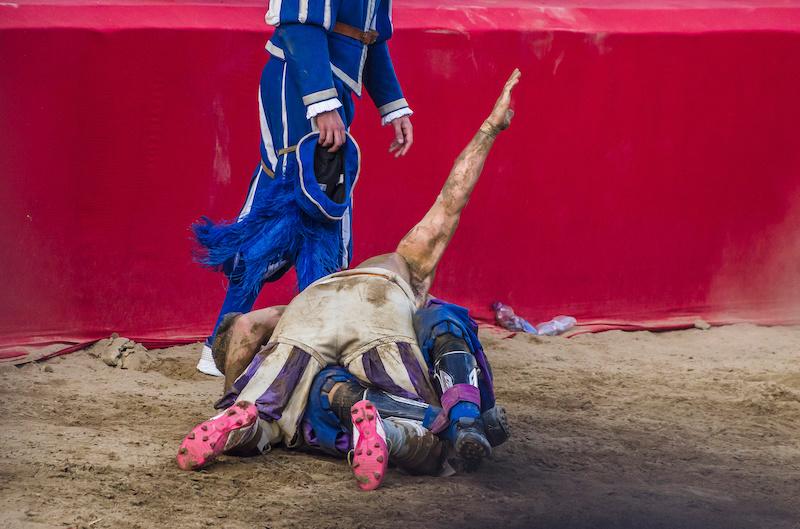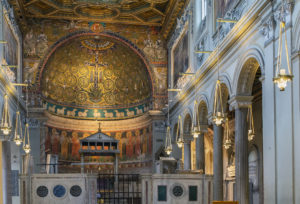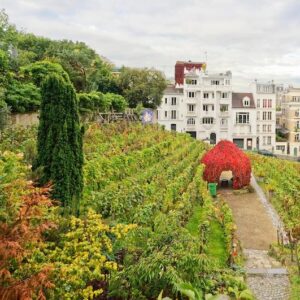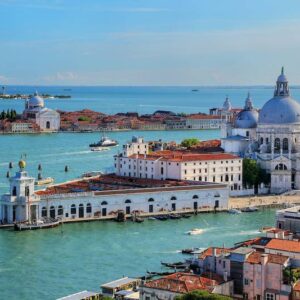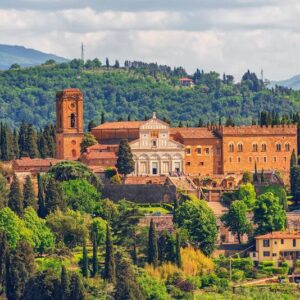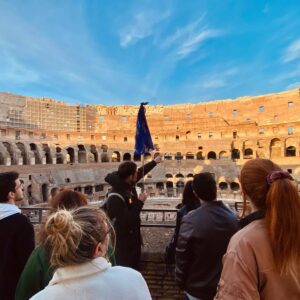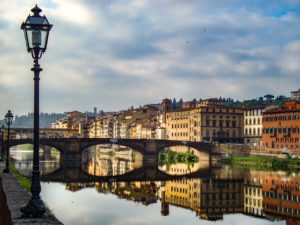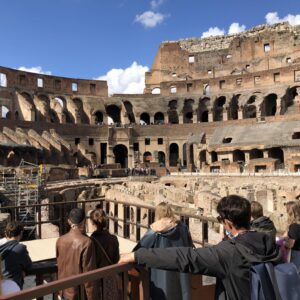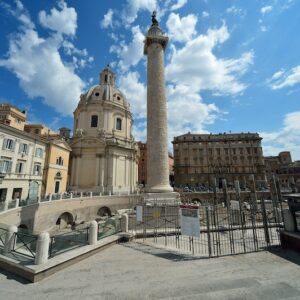Florence is known worldwide for its Renaissance art, majestic cathedrals, and romantic streets. But every June, the city’s elegant image transforms as locals revive one of Italy’s most dramatic and ancient traditions: Calcio Storico Fiorentino — a historic football game that’s as rough as rugby and as symbolic as a battle.
More than just a sport, Calcio Storico is a spectacle of heritage, pride, and rivalry. Played in historic costumes and held in Piazza Santa Croce, this intense reenactment harkens back to the city’s medieval roots, thrilling both residents and tourists.
If you’re planning a visit to Florence in summer, here’s everything you need to know about Calcio Storico — a fierce blend of history, athleticism, and local identity.
What Is Calcio Storico?
Calcio Storico, or “historic football,” is a traditional Florentine sport that dates back to the 16th century, though its roots stretch as far as Roman times.
It’s played between the four historic districts (quartieri) of Florence:
- Santa Croce (Azzurri – Blue)
- Santa Maria Novella (Rossi – Red)
- Santo Spirito (Bianchi – White)
- San Giovanni (Verdi – Green)
The game is played in a sand-covered arena in Piazza Santa Croce, surrounded by grandstands and decorated with flags and Renaissance pageantry.
Origins and History
The earliest recorded match of Calcio Storico was played on February 17, 1530, during the siege of Florence by Imperial troops. The citizens played as an act of defiance, turning sport into a powerful political symbol.
Throughout the centuries, the game evolved into a ritual of civic pride. Today, it’s part of Florence’s celebrations for the Feast of San Giovanni (St. John the Baptist), the city’s patron saint.
How the Game Works
Calcio Storico mixes elements of soccer, rugby, wrestling, and bare-knuckle fighting.
The Basics:
- 27 players per team, no substitutions.
- The goal is to get the ball into the opponent’s net at the end of the field.
- The match lasts 50 minutes and is incredibly physical — punches, tackles, and grappling are part of the strategy.
- Fighters wear traditional costumes and are often trained in martial arts or competitive sports.
The “Chianina” Moment:
Before the match begins, a parade of flag throwers, drummers, and costumed figures marches through Florence in full Renaissance attire — a stunning prelude that adds depth and color to the event.
What Makes It So Special?
- Authenticity: It’s one of the oldest sporting traditions still practiced today.
- Intensity: The matches are brutal, but the respect between players and neighborhoods is deeply rooted.
- Atmosphere: The whole city gets involved. Streets are filled with flags, music, and chants.
- Cultural Identity: For Florentines, it’s not just a game — it’s a living piece of their heritage.
When and Where to See It
The main event takes place in June, with semi-finals and a final match around June 24, coinciding with Florence’s Feast of St. John.
Matches are held in Piazza Santa Croce, transformed with grandstands, sand, and full medieval decor.
Tickets sell out fast, and locals have priority — so it’s best to book early or join an organized tour that includes access.
Tips for Tourists
- Dress for the heat: June can be very warm in Florence.
- Arrive early: Piazza Santa Croce fills up quickly on match days.
- Respect the tradition: This is not a staged performance — emotions run high, and the game is taken seriously.
- Capture the parade: Even if you don’t attend the match, the pre-game procession is free and spectacular.
Conclusion: A Tradition Worth Witnessing
Calcio Storico is more than a game. It’s a window into the soul of Florence, where tradition, rivalry, and resilience come alive in the heart of the city. For visitors, it’s a chance to see history not in a museum, but lived in the streets, surrounded by drums, flags, and raw energy.
If you’re in Florence in June, don’t miss the chance to witness one of Europe’s most powerful and passionate medieval reenactments.

